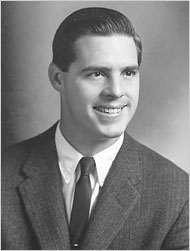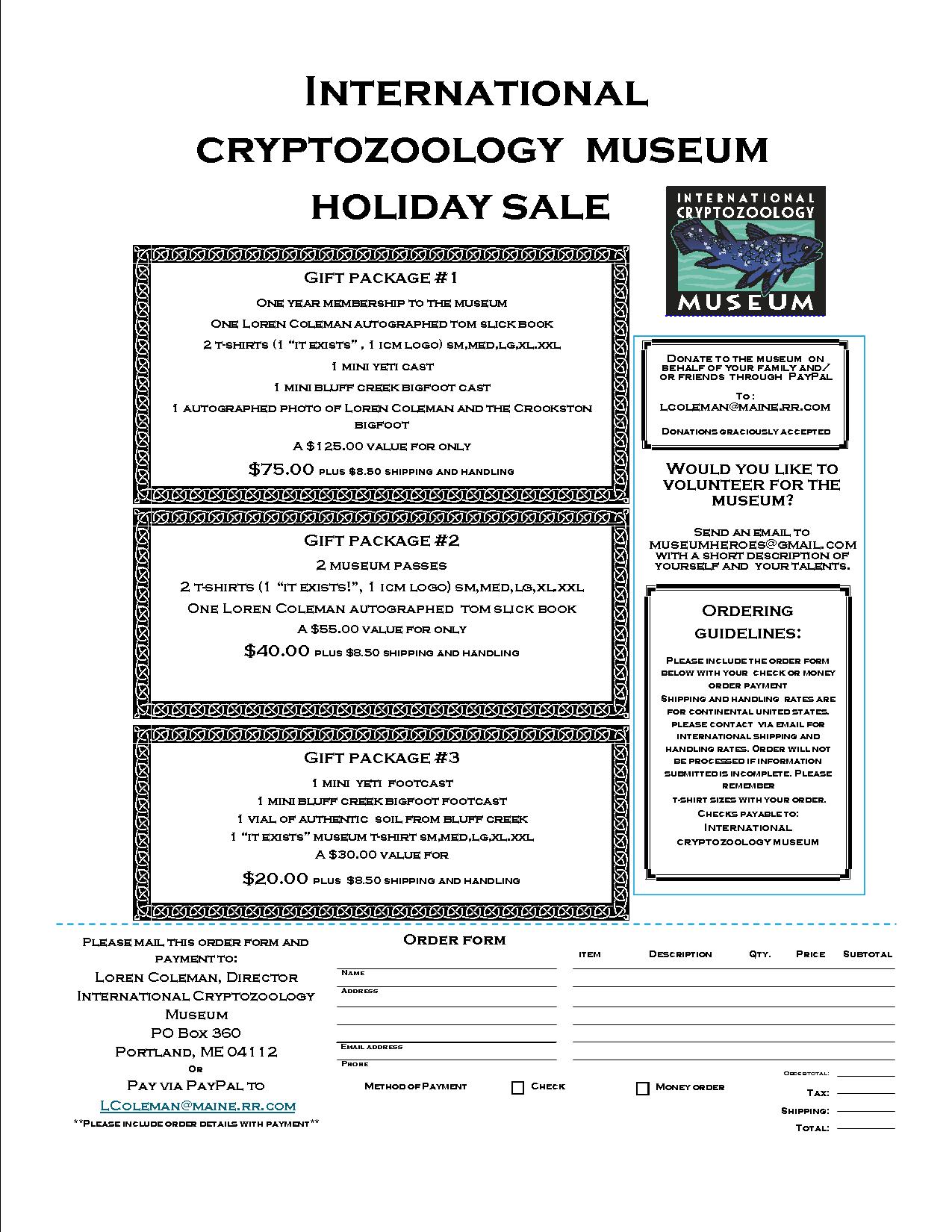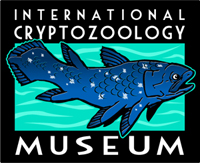
November 24, 2009
The New York Times rather casually and without fanfare has confirmed a significant event in alligator-in-the-sewers history. The actual teenager who had the confrontation with the over seven-foot-long sewer alligator in 1935 was tracked down, interviewed last week, and verifies it wasn’t just an elaborate newspaper tale.
As you will recall…noted in A. G. Sulzberger’s breaking New York Times article…in an era when several news items told of out-of-place gators being found…
The most widely cited of these was an article in The Times on Feb. 10, 1935, headlined “Alligator Found in Uptown Sewer.”
That article described several people — led by a teenager named Salvatore Condoluci — who had caught and ultimately killed a seven- to eight-foot-long alligator they discovered beneath an open manhole on 123rd Street near the Harlem River.
The occasion of this reexamination of these stories is the 50th anniversary of the publication of Robert Daley’s 1959 The World Beneath the City. The reporter interviewed Daley and others last week for this new article. I was one of those people he interviewed, for his background work on his piece.
I conducted a great deal of research on this topic in the beginning years of the 1970s. (Of course, it continues today, as well.) I made a unique discovery that alligators-in-the-sewers were not all just legendary, not from the 1960s as folklorists thought, but had a firm newspaper history three decades earlier.
I tracked down articles that noted real alligators were found and killed in New York City, specifically in that city’s sewers in the 1930s. My formal published contribution on this appeared as “Alligators-in-the-Sewers: A Journalistic Vehicle,” in the Journal of American Folklore, September-October 1979. No one had before then, found, linked it to the “urban legend,” and re-published anew the The New York Times, February 10, 1935, article.
I put a chapter in my book, Mysterious America, and kept updating it (1983, 2001, 2007), about these specific gators. The reports also are heard from elsewhere too.
Here’s how the New York Times puts it:
“These tales had a journalistic background,” said Loren Coleman, director and curator of the International Cryptozoology Museum in Portland, Me., who has researched and written about the topic for decades. “Daley’s book came along, and it was almost like independent confirmation.”
A. G. Sulzberger interviewed Daly last week, and then wrote:
When discussing the book with James A. Lundy, a former Queens borough president, Mr. Daley said he was told to speak with Edward P. May, known as Teddy. “Ask him about the alligators,” Mr. Lundy commanded.
So Mr. Daley sat on a stoop with Mr. May, who described his story of disbelief and discovery and detailed his efforts to rid the sewers of the alligators: poisoning some, chasing others into the fast-moving main tunnels where they were swept out to sea, and permitting his inspectors to hunt down the rest with rifles and pistols for sport.

The New York Times Studio
Robert Daley in 1960, when he was a reporter for The Times.
“He started telling me about the alligators in the sewer,” Mr. Daley remembered. “He wasn’t joking. He told me a lot of good stuff, and I accepted it as the truth.”
“He convinced me it was a true story without even trying,” he added. “He wasn’t trying to win me over or convince me — the stuff just kept coming out.”
He said he still believed that Mr. May was telling the truth, even if the numbers could have been exaggerated. “And besides,” Mr. Daley added, “it made a terrific story. How could you turn that down?”
The tale spread rapidly.
When Mr. May died in 1960, after the publication of the book, his obituary in The Times said, “Once Mr. May led a squad in cleaning the sewers of a number of live alligators that, discarded in the sewers as tiny pets, and survived and grown large.”
Sulzberger’s crowning achievement in the background work he put into this new take on the alligator events, however, was his tracking down of the actual teenager who had the 1935 experience. A. G. Sulzberger penned these words in his concluding remarks:
Salvatore Condoluci, the teenager who roped that alligator, is now 92.
Though he has forgotten some of the details, he still remembers hearing the thrashing in the icy water beneath the manhole, first seeing the creature’s head, and using a rope to lasso and haul it to the surface.
But Mr. Condoluci isn’t sure whether he believes that other alligators lurk below. “I don’t know,” he said. “I really don’t know.”
The historical record regarding the actual hunts conducted in the 1930s, by rifle-toting city sewer workers who located and shot the gators, along with the eyewitness accounts by Salvatore Condoluci and others, have been confirmed anew. This is a fact, despite the continuing modern denials of the acting director of the City of New York Department of Environmental Protection, I must note.
A whimsical bronze sculpture by Tom Otterness in the 14th Street subway station on the A, C, E and L lines makes reference to the old legend of alligators in the sewers. Tyler Hicks/The New York Times
For the entire article “The Book Behind the Sewer-Alligator Legend” by A. G. Sulzberger, click here.
For a comprehensive look at the entire topic, with updates, see Mysterious America from Simon and Schuster, 2007.
+++++++++
Autographed copies of Loren Coleman’s books are available at the following location:
The International Cryptozoology Museum will be open from 9:30 am to 6 pm on Friday, November 27, 2009. It will have normal hours on Saturday, 11 am to 6 pm, and Sunday, Noon to 5 pm, and will be closed on Monday. I will have extended hours on the Saturday before Christmas, December 19th, also.
Also, for one month only, the following Holiday Specials are available. These can be purchased in person at the museum, via email or snail mail. These too are in response to individuals who wanted “gift certificates” to place in stockings and to give as gifts to friends and family. Individual gift certificates for one to several visits are now available in person, via email and through snail mail to allow the bearer (whomever holds the certificate of admission) into the museum. These will have NO expiration dates, and thus can serve as a “future promise” of a trip to Portland, Maine, when you give them as gifts.

Click on the “Holiday Flyer” above to increase in size and then click again to make even more readable.
The donation button below may be used as a clickable direct link to PayPal (even if you are not a PayPal member) to send funds for your gift certificates and museum holiday purchases, as well as welcome contributions to the museum. Followup with an email to LColeman@maine.rr.com for order specifics, if you do not see a comment box.

Thank you!
About Loren Coleman
Loren Coleman is one of the world’s leading cryptozoologists, some say “the” leading living cryptozoologist. Certainly, he is acknowledged as the current living American researcher and writer who has most popularized cryptozoology in the late 20th and early 21st centuries.
Starting his fieldwork and investigations in 1960, after traveling and trekking extensively in pursuit of cryptozoological mysteries, Coleman began writing to share his experiences in 1969. An honorary member of Ivan T. Sanderson’s Society for the Investigation of the Unexplained in the 1970s, Coleman has been bestowed with similar honorary memberships of the North Idaho College Cryptozoology Club in 1983, and in subsequent years, that of the British Columbia Scientific Cryptozoology Club, CryptoSafari International, and other international organizations. He was also a Life Member and Benefactor of the International Society of Cryptozoology (now-defunct).
Loren Coleman’s daily blog, as a member of the Cryptomundo Team, served as an ongoing avenue of communication for the ever-growing body of cryptozoo news from 2005 through 2013. He returned as an infrequent contributor beginning Halloween week of 2015.
Coleman is the founder in 2003, and current director of the International Cryptozoology Museum in Portland, Maine.
Filed under Breaking News, Crazy Crocs, Cryptotourism, CryptoZoo News, Media Appearances, Megafauna